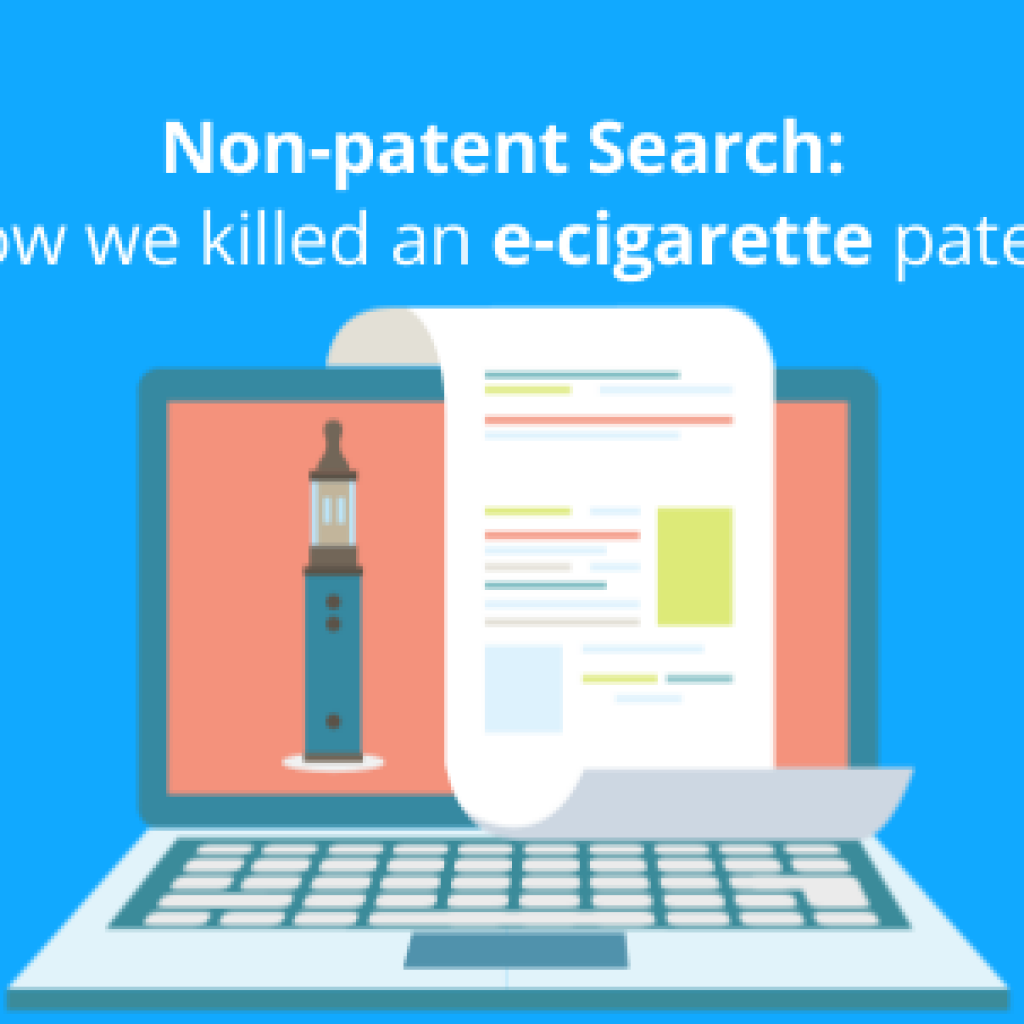Click to read this article in Chinese 🇨🇳
What exactly is the objective of an invalidation search?
That’s an easy question.
Of course, it is to find a result – one that discloses every aspect of the patent in question (Called as Tier I). If not so, we look for a number of results that can support the argument that the targeted aspects did exist beforehand.
Sometimes, however, a patent researcher might soon realize that this is not happening, or it is not so easy to get the results. After all, an invalidation search is not an easy nut to crack. In fact, an experienced person would relate to this when I say: In many cases, we do not have bang-on results.
So, one needs to know the ‘unconventional’ ways that one can take to get to those results. In the words of a fellow colleague, “You need to have bigger artillery!”
Fortunately, in the years we have spent performing patent invalidation searches, we have accrued a set of powerful tactics/maneuvers that help us invalidate the toughest of patents.
Below we have shared four instances, where we were able to crack some tough cases, using some not-so-common tactics – be it 112 (a), 112 (f) prior-arts; taking reference from precedent cases; or making the best use of already-in-hand resources.
Ready to take a peek at some of our stratagems?

Scroll down’s the key!
Break-in Priority Chain
We were working on a case that was dated back to 1996. It was about updating of a device remotely with some very specific limitations. We made all possible efforts, and I have to say this: I did reach my saturation stage.
Now, here is something interesting: Typically, it is at this stage that we wake our inner creative self to lean into other dimensions to find the solution (Basically, we talk to each other. Remember, the solution lies within!).
As I was not being able to provide a good solution to our client, I took the concern to my Manager and Team Lead. We had a talk on what other options we could try.
We recollected some instances from the past where patents had been invalidated without even using prior art. And we thought, “Well, why not give that a shot?!”
I had noticed that our patent in question had a long priority chain with references to foreign documents. Now, there had been this case Medtronic Corevalve, LLC v. Edwards Lifesciences Corp, where a break in the priority chain led to change in the priority date of the patent, which further led to the usage of the same parent application of the patent to invalidate certain aspects of the patent. What if the same could be applicable here? Sounds like a dream :D.
In no time, I was on my feet after the discussion. I looked for a flaw in the priority chain of the target patent. Now, believe it or not, I found the flaw.
The priority chain of the patent was improper, and it led us to break the priority and search from a later date. Well, that worked really well in our favor as we found a ton of results before the latter date that helped our client invalidate that patent.
From having nothing to deliver to what ended as a very successful project, the tactic saved the day for both us and the client. Unconventional yet effective.
TL; DR: When stuck in the midst of nowhere for an invalidation project, try to look for breaks in a priority chain.
Incomplete Disclosure in Priority Document
This is a bit similar to the above scenario. Here as well, our analysis led the cut-off date to be shifted to the filing date of our target patent. This time, it was because its Priority Document did not support the required features.
Let me elaborate the whole scenario – We had a US patent related to uplink scheduling of user equipment. It had two priority documents taking the earliest priority from a non-patent document (the other document (provisional application) had a later date). Now, during the prosecution of the patent at USPTO – to avoid the rejections – the patentee had added a limitation to the claim which was – scheduling on the basis of certain specific parameters (earlier, the claim was broad covering any parameter and examiner had found a few references disclosing scheduling based on some parameters. So, the patentee limited the claim to only 2 parameters – other than what examiner had found).
These particular parameters were present in the patent’s description and also in the provisional application, but not in the non-patent document, having the earliest date. This directly meant that we could search for those specific parameters determining scheduling from the filing of the 2nd provisional document. We found results based on this and these were the exact words from the client post submitting the report.
Really Appreciate the thought process. This is GREAT WORK!
Now, while conducting invalidation searches, most would usually jump into looking for a prior art right away, i.e. the moment a project is initiated. But in our experience, we have found that it is better to do the homework right before jumping on searching.
Arguing for the Scope of Claims
In another of our invalidation projects, we had an element in a claim defining an “unsupported profile”. We couldn’t identify any result where this feature was present along with the other limiting features.
Now, we had almost emptied our search strategies. We had found a result that talked about a system implemented in a scenario where the profile was described as “currently unsupported”. We need to get into the technicalities to understand here. So, initially, we were of the thought that our patent in question relates to a system where the profile must not be supported at all, at any time. But, when we looked deeper into the description and details of drawings of the target patent, we found that there was nothing much specified about the “unsupported profile”.
Moreover, the description revealed nothing related to a system that should not be supporting the profile temporarily. Thus, we could take a broader interpretation here; and the scenario where a profile was “currently unsupported” could very well fit in. Thus, we put this forward for a discussion with our client.
He very much liked the way we thought of implementing a different system under this invention, and how well it supported the invention technically. Later on, the client told us that the same prior-art reference was used in the court, and the patent did get invalidated with this interpretation.
It goes unsaid that good results can be utilized best if one knows the right angle to look at it. In the above case, doing that led us to fulfill both our purpose and the client’s purpose completely.
Something More in the Already-Known Art
In one of the cases, we received many references from our client as already-known references. (Those references had been provided to them by some other search firm.) Now, while beginning with a project, we usually do have a look at the already-known art. This gives us an idea of what features to look for in the search (just as the references cited in prosecution).
In the set of references, one of the results seemed to be a Category X result. A straightforward clear text wasn’t available, but the patent did disclose a picture exactly as required. Needless to say, this was enough to invalidate the patent in question.
It might have been overlooked during the previous analysis, and we put that forward to our client. The search for that project was over, with only a few more supports provided.
And thus was achieved the goal— again.
Conclusion
Knowing more about the infrequent invalidation tactics that can be followed, or that have been followed in the past, can help you get to solutions when nothing else can. This very knowledge has helped us crack the toughest of nuts all this while.
And while we love solving this kind of case, we also believe in sharing our learning.
For more Patent Invalidation: Here are 26 Cases Where we Invalidated Patents using Unconventional Ways
Authored by: Ankush Sharma, Senior Research Analyst, Patent Invalidation.










